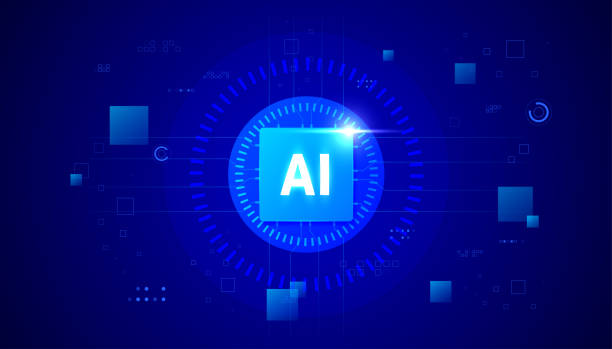What is On-Page SEO and Why Does it Matter?
![]()
On-Page SEO refers to the set of actions you take within your website to improve its ranking in search engines, especially Google.
These actions include optimizing content, website structure, HTML code, and other internal site elements.
Why is On-Page SEO important? Search engines like Google use complex algorithms to rank websites.
These algorithms consider various factors, but many of these factors relate to the content and internal structure of your website.
By optimizing On-Page SEO, you help search engines better understand your website and display it to users who are looking for relevant information.
Improving On-Page SEO can lead to increased organic traffic, improved search engine rankings, increased conversion rates, and improved user experience.
In fact, On-Page SEO is one of the most important parts of a successful SEO strategy, and without it, your efforts for Off-Page SEO will not achieve the desired results.
For example, if your website has high-quality content but has technical problems, it may not rank well in search results.
Or if your website has a slow loading speed, users will leave it, and this will negatively affect your ranking.
Therefore, take On-Page SEO seriously and optimize your website for search engines by taking the necessary steps.
On-Page SEO improves your site’s ranking.
Are you losing business opportunities because of an outdated website? With Rasaweb, solve the problem of not attracting potential customers through your website forever!
✅ Attract more high-quality leads
✅ Increase brand credibility in the eyes of customers
⚡ Get a free corporate website design consultation
Keyword Research: The Cornerstone of On-Page SEO

Keyword research is the first step and one of the most important steps in On-Page SEO.
The goal of keyword research is to identify the phrases that users search for in search engines to find information related to your business.
By identifying these keywords, you can optimize your website content based on them to achieve a better ranking in search results.
How do we find the right keywords? First, you should create a list of relevant keywords, considering your business.
You can use various tools such as Ahrefs, Moz Keyword Explorer, Google Keyword Planner, and SEMrush to find new and relevant keywords.
When choosing keywords, pay attention to search volume (the number of times a keyword is searched for per month) and competition (the difficulty of ranking for a keyword).
Try to choose a combination of keywords with high search volume and low competition.
In addition, pay attention to User Intent (Search Intent).
User intent means what the user is looking for when searching for a keyword.
Are they looking for information, buying a product, or finding a service? By understanding user intent, you can produce content that exactly meets their needs.
Using keywords in On-Page SEO is very important.
By performing keyword research and using them correctly in your website content, you can significantly improve your On-Page SEO and attract more organic traffic.
On-Page SEO plays an important role in identifying important phrases.
Content Optimization: Producing Valuable and Engaging Content
![]()
Content is king! This famous phrase in the world of SEO clearly shows the importance of producing valuable and engaging content.
High-quality and relevant content not only helps users find the information they need, but also helps search engines better understand your website and give it a better ranking in search results.
To produce valuable content, pay attention to the following points: Optimize your content based on the keywords you identified in the keyword research phase.
Use keywords naturally and in appropriate places such as titles, subtitles, body text, and alt image tags.
Organize your content in a way that is easy to read and understand.
Use titles, subtitles, paragraphs, lists, and images to break up the text and create an organized structure.
Keep your content up to date.
Remove old and outdated information and add new and relevant information.
Write your content in a way that is engaging and interesting for users.
Use a friendly and intimate tone and use examples and stories to explain concepts.
In addition to text, use images, videos, and other multimedia elements in your content.
These elements can help make the content more attractive and increase user engagement.
On-Page SEO with good content has a great impact on attracting the audience.
By following these tips, you can produce content that is both valuable to users and helps improve your website’s ranking in search results.
| Content Element | Description | How to Optimize |
|---|---|---|
| Title | The page title that appears in search results. | Use the main keyword and make it attractive. |
| Meta Description | A summary of the page content that appears in search results. | Attract users and encourage clicks by using keywords and useful information. |
| Main Titles (H1) | The main title of the page, usually located at the top of the page. | Use the main keyword and make it relevant to the page content. |
| Subtitles (H2-H6) | Subtitles used to organize content. | Use secondary keywords and help with text readability. |
Optimizing URL Structure: Creating Clear and Concise URLs
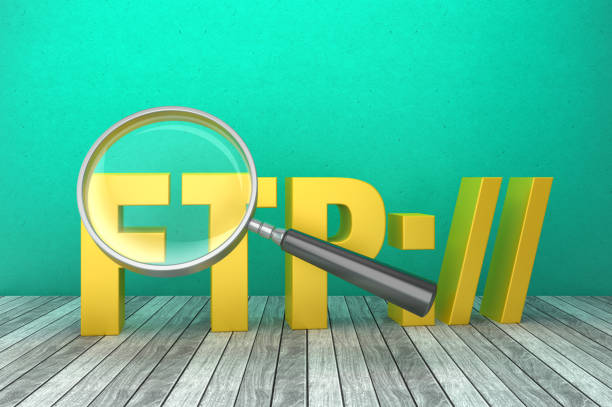
URL structure is an important factor in On-Page SEO that is often overlooked.
A good URL should be clear, concise, and relevant to the page content.
This helps search engines better understand your page and give it a better ranking in search results.
Keep the following points in mind when creating URLs: Use relevant keywords in the URL.
This helps search engines understand the topic of your page.
Keep URLs short and concise.
Long and complex URLs are more difficult for users and search engines.
Use a hyphen (-) instead of an underscore (_) to separate words in the URL.
Google recognizes the hyphen as a word separator, but ignores the underscore.
Use lowercase letters in the URL.
Some servers are sensitive to uppercase and lowercase letters in the URL, which can lead to problems.
Avoid using special and incomprehensible characters in your URL.
These characters can make the URL unreadable and difficult.
Avoid creating duplicate URLs.
Each page on your website should have a unique URL.
On-Page SEO requires a proper link structure.
By following these tips, you can optimize your website’s URL structure and help improve your On-Page SEO.
Are you annoyed by losing customers due to the outdated appearance or slow speed of your online store? The Rasaweb expert team solves these problems with professional online store website design!
✅ Increase customer trust and brand credibility
✅ Amazing speed and excellent user experience
Get a free consultation with Rasaweb right now ⚡
Optimizing Title Tags and Meta Descriptions

Title Tags and Meta Descriptions are two important elements in HTML that are displayed in search results.
The title tag shows the title of your page, and the meta description provides a summary of the content of your page.
These two elements are a great opportunity to attract users and encourage them to click on your link in search results.
To optimize title tags and meta descriptions, pay attention to the following points: Use relevant keywords in the title tag and meta description.
This helps search engines understand the topic of your page and display it in more relevant search results.
Write the title tag attractively and persuasively.
The title tag should be designed to encourage users to click on your link.
Write the meta description concisely and usefully.
The meta description should provide a summary of the content of your page and tell users what they will find if they click on your link.
Consider the length of the title tag and meta description.
Google shortens title tags and meta descriptions after a certain length.
Therefore, try to keep your title tags and meta descriptions within this length limit.
Avoid creating duplicate title tags and meta descriptions.
Each page on your website should have a unique title tag and meta description.
On-Page SEO with proper title tags and descriptions helps you get a good ranking.
Image Optimization: Reducing Size and Using Alt Tags
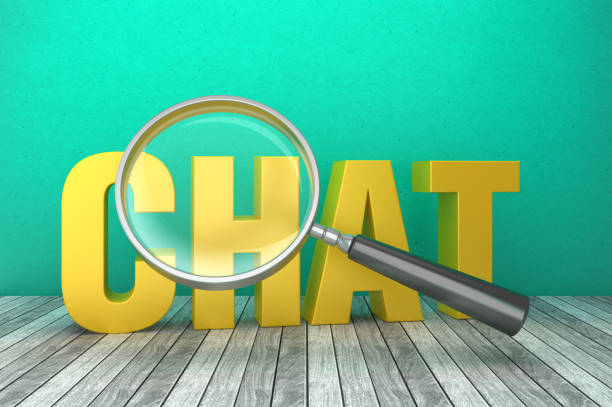
Images play an important role in the attractiveness and efficiency of your website.
However, high-volume images can slow down your website’s loading speed and affect user experience.
To optimize images, pay attention to the following points: Reduce the size of the images.
Use image compression tools to reduce the size of images without losing quality.
Choose the appropriate format for the images.
The JPEG format is suitable for images with many colors, and the PNG format is suitable for images with few colors and transparent backgrounds.
Use Alt tags for images.
Alt tags provide a text description of the image and help search engines understand the content of the image.
Choose a descriptive file name for the images.
The file name of the images should be related to the content of the image and use relevant keywords.
On-Page SEO will help improve your ranking.
By following these tips, you can optimize your website images and help improve your website’s loading speed and On-Page SEO. Using high-quality and optimized images is very effective in On-Page SEO.
Website Speed Optimization: Increase Page Loading Speed

Website speed is one of the important factors in Google ranking and user experience.
Users expect websites to load quickly, and if your website is slow, users may leave it and visit another website.
To optimize website speed, pay attention to the following points: Use a quality hosting.
Your hosting has a big impact on your website speed.
Use a CDN (Content Delivery Network).
CDN stores your website content on different servers around the world and allows users to receive your website content from the server closest to them.
Use Cache.
Cache helps store copies of your website pages in the user’s browser and makes the pages load faster on subsequent visits.
Reduce the size of CSS and JavaScript files.
CSS and JavaScript files can slow down your website’s loading speed.
Use CSS and JavaScript optimization tools to reduce the size of these files.
Optimize images (as described in the previous chapter).
Optimize your website’s HTML code.
Clean and organized HTML code can increase your website’s loading speed. On-Page SEO with high speed is very important.
| Speed Impacting Factor | Improvement Solution | Suggested Tool |
|---|---|---|
| Bulky images | Compress images | TinyPNG, ImageOptim |
| JavaScript and CSS codes | Minify and merge codes | UglifyJS, CSSNano |
| Not using browser cache | Enable browser cache | WordPress cache plugins (W3 Total Cache, WP Super Cache) |
| Inappropriate hosting selection | Use quality hosting and CDN | Cloudflare, Amazon CloudFront |
Optimizing Website Responsiveness: Compatibility with Different Devices
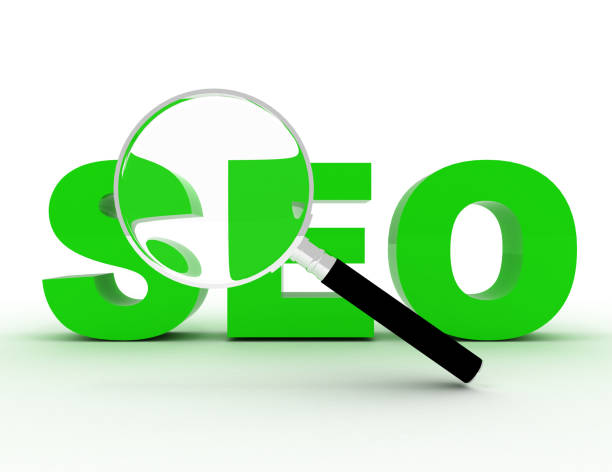
Today, many users use mobile phones and tablets to access the Internet.
Therefore, it is very important that your website is responsive and displays correctly on different devices.
A responsive website automatically adjusts its size and layout to the size of the user’s device screen.
To optimize website responsiveness, pay attention to the following points: Use a responsive template.
Many of today’s website templates are responsive.
Use responsive design techniques.
Responsive design techniques allow you to design your website layout in a way that it displays correctly on different devices.
Use responsive images.
Responsive images automatically adjust their size to the size of the user’s device screen.
Responsive website greatly affects On-Page SEO .
Test your website on different devices.
Make sure your website displays correctly on mobile phones, tablets, and desktop computers.
Tired of losing business opportunities because you don’t have a professional corporate website? Don’t worry anymore! With Rasaweb corporate website design services:
✅ Your brand’s credibility and professionalism will increase.
✅ You attract more customers and sales leads.
⚡ Get a free consultation now to get started!
Optimizing Internal Links: Creating a Logical Linking Structure
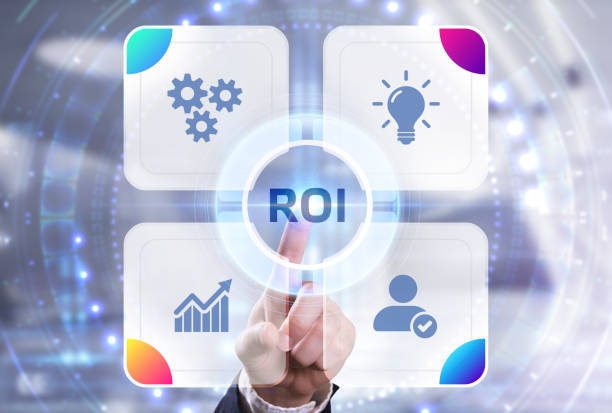
Internal links are links that connect different pages of your website to each other.
Internal links help search engines better understand your website structure and find related pages.
In addition, internal links can help users easily navigate your website and find the information they need.
To optimize internal links, pay attention to the following points: Use internal links naturally and in appropriate places.
Use internal links to direct users to related pages.
Use descriptive anchor text (clickable text that links to another page) for internal links.
Anchor texts should tell users and search engines which page they will be directed to by clicking on the link.
Avoid creating too many internal links.
Too many internal links can confuse users and search engines.
Internal linking is very important for On-Page SEO .
By following these tips, you can optimize your website’s internal links and help improve your On-Page SEO.
Using Structured Data (Schema Markup)
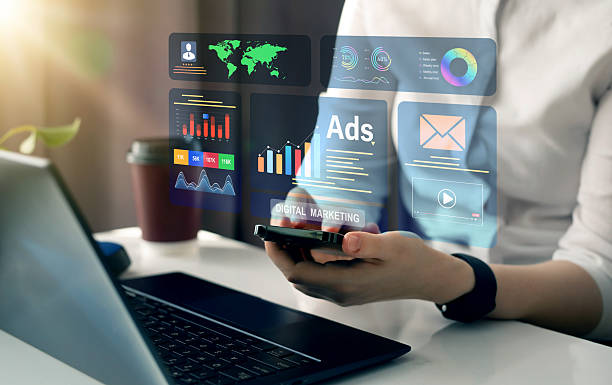
Structured data (Schema Markup) are codes that you can add to your website to help search engines better understand the content of your page.
Structured data can provide information such as content type, author, publication date, ratings, and other related information to search engines.
By using structured data, you can help search engines display rich snippets.
Rich search results can include additional information such as images, ratings, prices, and other related information.
Displaying rich search results can help increase your website’s click-through rate (CTR) in search results.
To use structured data, you can use various tools such as Google’s Structured Data Markup Helper.
Proper data structure in On-Page SEO will help improve your ranking.
By using structured data, you can help search engines better understand your website and display rich search results.
Frequently Asked Questions
| Question | Answer |
|---|---|
| What is On-Page SEO? | It refers to the set of actions that are performed within the website to improve the ranking in search engines. |
| Why is On-Page SEO important? | Because it helps search engines better understand the content and structure of your site and improves the user experience. |
| What are the most important elements of On-Page SEO? | Title and meta descriptions, keywords, URL structure, quality content, image optimization, internal linking and site speed. |
| How to optimize the title and meta description? | The title should include the main keyword and be attractive, and the meta description should be an encouraging summary of the content with relevant keywords. |
| What is the role of keywords in On-Page SEO? | Keywords help search engines understand what the page content is about and should be used naturally and intelligently in the text. |
| How is image optimization done for On-Page SEO? | By compressing the volume, using a descriptive file name and filling the Alt tag with relevant descriptions and keywords. |
| What is internal linking and what is its use? | Connecting different pages of the site to each other. This helps to distribute the authority of pages (Page Authority) and improve the crawling of search engines. |
| What is the importance of site loading speed in On-Page SEO? | High speed improves user experience and is an important ranking factor for search engines like Google. |
| What effect does the responsiveness (Mobile-Friendliness) of the site have on On-Page SEO? | Due to the increase in mobile users, responsiveness is essential to provide a suitable user experience on all devices and the priority of Google’s mobile index. |
| What are the important factors related to content in On-Page SEO? | Authenticity, quality, comprehensiveness, readability, proper use of headings (H1, H2, …) and regular content updates. |
And other services of Rasa Web Advertising Agency in the field of advertising
Intelligent linking: an effective tool for digital branding with the help of accurate targeting of the audience.
Intelligent marketing automation: a professional solution to increase site visits by focusing on customizing the user experience.
Intelligent digital branding: designed for businesses that are looking for digital branding through intelligent data analysis.
Intelligent reporting: an effective tool to increase the click-through rate with the help of intelligent data analysis.
Intelligent Custom Software: A fast and efficient solution for user interaction with a focus on marketing automation.
And more than a hundred other services in the field of internet advertising, advertising consulting and organizational solutions
Internet Advertising | Advertising Strategy | Advertising Report
Sources
On-site SEO with practical methods
,What is on-page SEO?
,What is on-page seo and how important is it?
,What is On Page SEO?
? Your business deserves the best! With Rasaweb Afarin Digital Marketing Agency, from professional website design to comprehensive digital marketing strategies, make your digital dream come true.
📍 Tehran, Mirdamad Street, next to the Central Bank, South Kazerun Alley, Ramin Alley No. 6
“`



